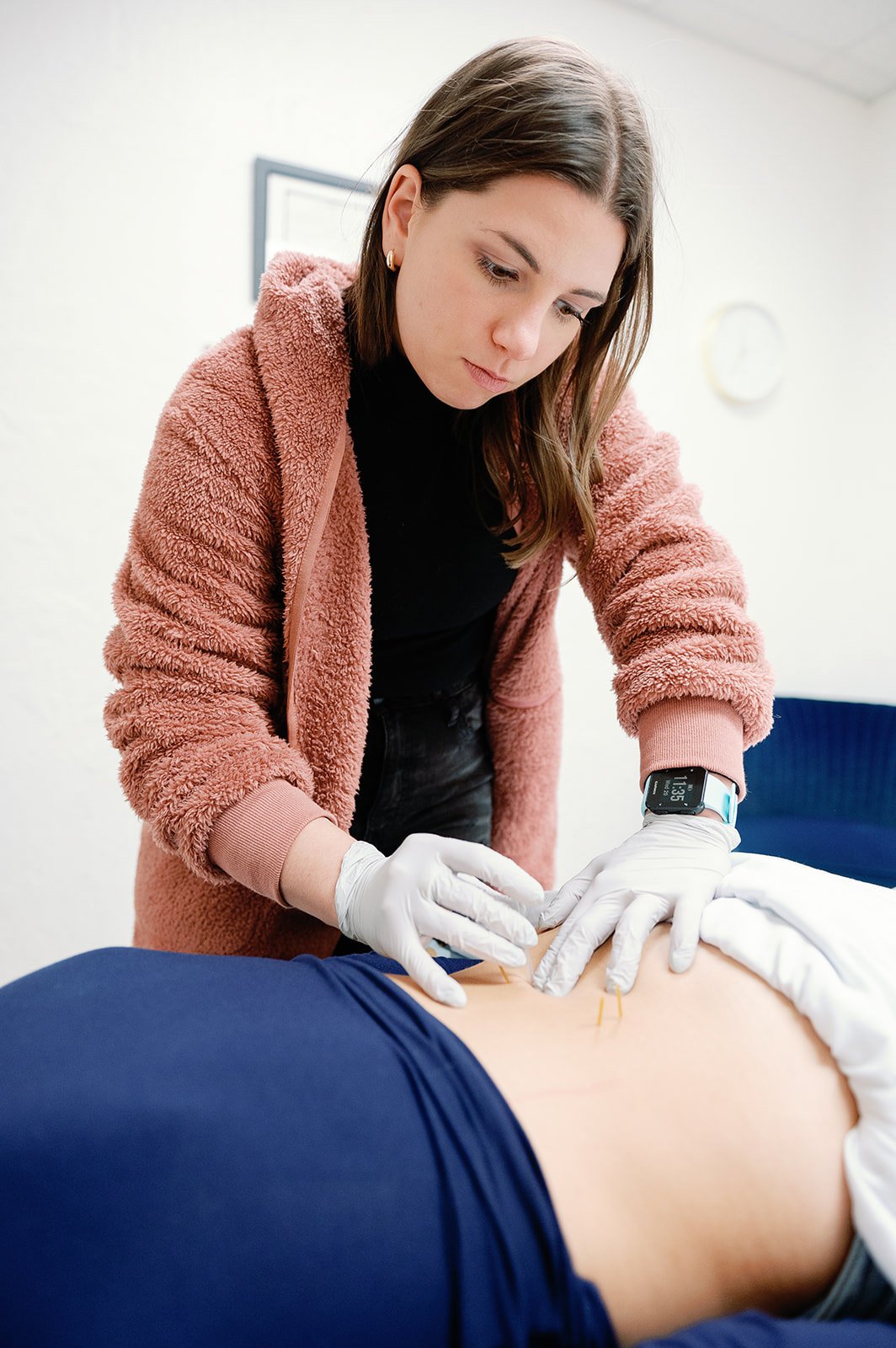Dry Needling
Dry needling is the insertion of an acupuncture-like needle into soft tissue. Typically, the needle is inserted into the belly of the muscle, but can also be inserted into tendons or ligaments as well.
Dry needling can be performed for:
any musculoskeletal pain
scar tissue
period pain
nervous system upregulation
headaches/migraines
Much, much more
How dry needling works:
Chronic inflammation results from inflamed microcirculatory vessels that cause tissue hypoxia (lacking oxygen). Inserting a needle creates acute inflammation as a mechanism to reduce chronic inflammation. The micro-physiological effects that occur increase the local levels of nitric oxide, oxygen, and adenosine. Though transient, these levels remain elevated for 15-60 minutes after the needle is removed.
The anti-inflammatory process of dry needling involves balancing the sympathetic nervous system, thus balancing between vasodilators (opens the blood vessels further) such as adenosine and nitric oxide, and vasoconstrictors (constricts the vessels) such as supraoxide.
While needling can be performed to improve muscle tension and thus biomechanics, it can also be performed near motor end-plates (where nerves meet muscles) or in specific spots adjacent to the spine to have more of a global affect on the nervous system, thus creating a more systemic benefit.
Dry needling creates both local and systemic effects– the restoration of both local tissue homeostasis and systemic homeostasis. Homeostasis is the process in which the body’s internal environment is kept stable, despite changes in external conditions.
“I came to Hailey with two separate issues, two separate times. With physical therapy and dry needling, she's helped me with both. I'm so thankful. She is thorough, and instructs well, giving home exercises to aide in healing. I recommend Pelvic Floor Therapy with Hailey!”





